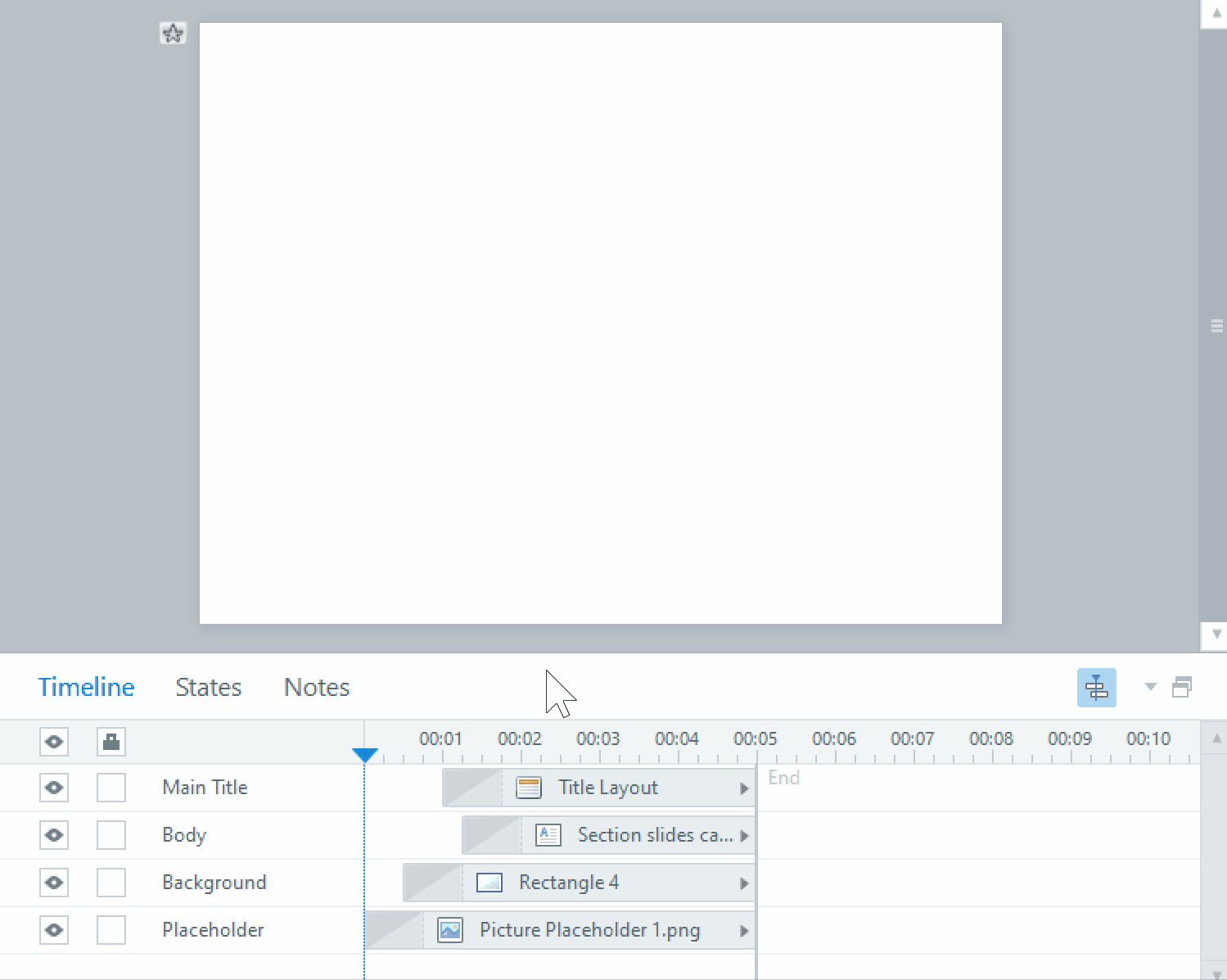UI trends you can use in eLearning
When designing and developing eLearning the User Interface or UI is one of the most important things to consider. The User Interface is what the user interacts with when taking your eLearning course, it is everything the user interacts with and determines how the layout, colour scheme and navigation look. When learners take eLearning chances are they will be taking the training independently, this means that your eLearning will need to be engaging enough to keep the learner motivated and intuitive enough they can use it without assistance.
Below are some UI trends you could implement in your eLearning course to make to increase interactivity and intuitiveness.
1. Micro Interactions
Micro interactions is something you can add to your eLearning and digital training to increase interactivity. A micro interaction is something that happens when the user interacts with something in the UI. For example when a learner is taking your eLearning course you might need them to click a button, instead of just having a message that appears telling the user what to click you can add an animation to the button, this animation would make the button move or change shape in some way making it easier for learners to identify this is something they can click. The amount of time for this interaction is often very short and is a way to get the user familiar with elements they can interact with.
2. Illustrations
When designing your eLearning course, it is important to keep to a specific theme, for example if your eLearning course uses real life photographs for your images try to use the same style of images throughout, this way your course will remain consistent. One type of image that is gaining popularity is illustrations with bold, vivid colours. These types of illustrations are very eye catching and colourful, you often see them on the landing pages of websites and can be used to demonstrate what your eLearning is about and the general theme of the course.
3. Minimalistic Design
Minimalistic design involves creating User Interfaces that are simple, clear and easier for the user to interact with. The goal of a minimalistic design is to provide the user with the key information they need while freeing up screen space. Things you can do to create minimalistic layouts include not overcrowding the screen with text or images, simplifying navigation elements and splitting up content across multiple screens. In eLearning the benefit of this is that the learner will be able to digest content much easier, as content is split up across multiple pages they will be able to better absorb one concept at a time, in addition to this having less buttons and options for navigation means that it will be easier to identify what button to click next and may help increase the intuitiveness of the course.
















